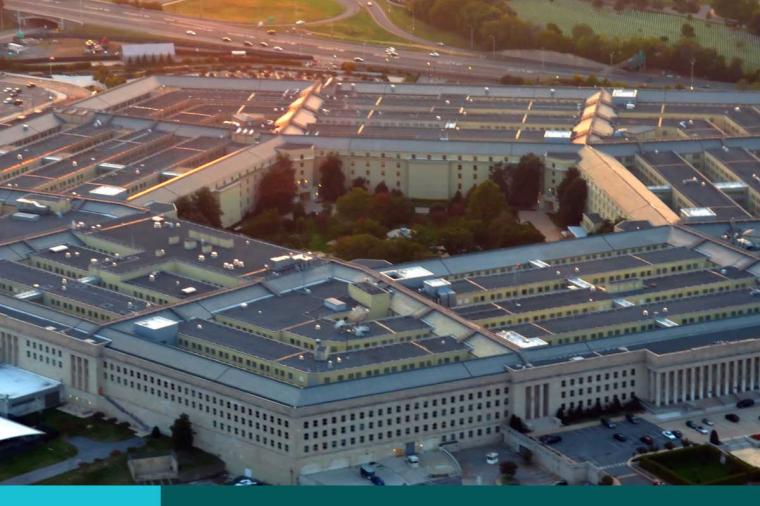Federal Government, Market Intelligence, Technology
Aging infrastructure, outdated hardware and overall modernization needs have been a mission-critical challenge for the DoD. It’s not just about IT headaches; there are real obstacles to modernization for the Department. Let’s look at what’s driving the urgency to update in multiple ways and how IT companies can position themselves to help modernize the nation’s defense backbone.
AI, Data, Market Intelligence, State & Local Government
This week, the National Association of State Chief Information Officers (NASCIO) released it annual State CIO Top Ten Policy and Technology Priorities list for 2026, signaling where state technology leaders are focusing their efforts, and limited resources, in the new year. This year’s list is reflective of the current policy, priority, and funding shifts that have affected SLED agencies most, coupled with the apparent drive towards innovation and modernization.
Federal Government, Market Intelligence, Technology
On December 11, 2025, President Trump signed a new executive order that could reshape how AI is governed in the U.S. This executive order titled “Ensuring a National Policy Framework for Artificial Intelligence,” aims to limit the ability of individual states to enact their own AI regulations, thereby establishing a unified and “minimally burdensome” approach to AI policy nationwide (up until this point, there has been a patchwork of state-level AI regulations).
AI, Healthcare, Market Intelligence, Technology
The Department of Health and Human Services (HHS) recently released a new AI strategy to transform agency operations. Reflecting the federal government’s increasing emphasis on AI adoption, HHS is looking to expand the use of the rapidly advancing technology and encourage workforce development. It outlines a department-level transformation focused on more coordinated enterprise efforts, centralization and shared resources in a vision they are calling OneHHS.
Cybersecurity, Market Intelligence, News, Technology
table, th, td {
border: 1px solid #c9edfa;
padding: 5px;
}
The National Defense Authorization Act (NDAA) is passed annually to define the Department of Defense’s priorities and guide how funds are allocated. While it doesn’t directly appropriate money, it shapes the direction of defense spending and sets the framework for future contracts. This makes it a key indicator of where IT investments and opportunities will emerge.
Cybersecurity, Federal Government, Market Intelligence, News, Technology
In August 2025, President Trump signed an executive order titled “Improving Our Nation Through Better Design,” establishing the new “America by Design” initiative. The order aims to enhance both the digital and physical experiences of government services and facilities, signaling a major modernization effort focused on design, technology and user experience.





